A warm cup of tea is a daily ritual for millions, offering comfort, relaxation, and even health benefits. But a new study suggests that your tea bag might be delivering more than just antioxidants—it could also be exposing you to billions of tiny plastic particles.
Researchers from the Universitat Autònoma de Barcelona have found that popular tea bag materials, including polypropylene, nylon, and cellulose, release alarming amounts of microplastics when steeped in hot water. Even more concerning, these microscopic plastic fragments were absorbed by human cells, raising serious questions about their potential impact on health.
So, what does this mean for your daily brew? And more importantly—how can you avoid it?
Your Tea Bag Might Be a Hidden Source of Plastic Pollution
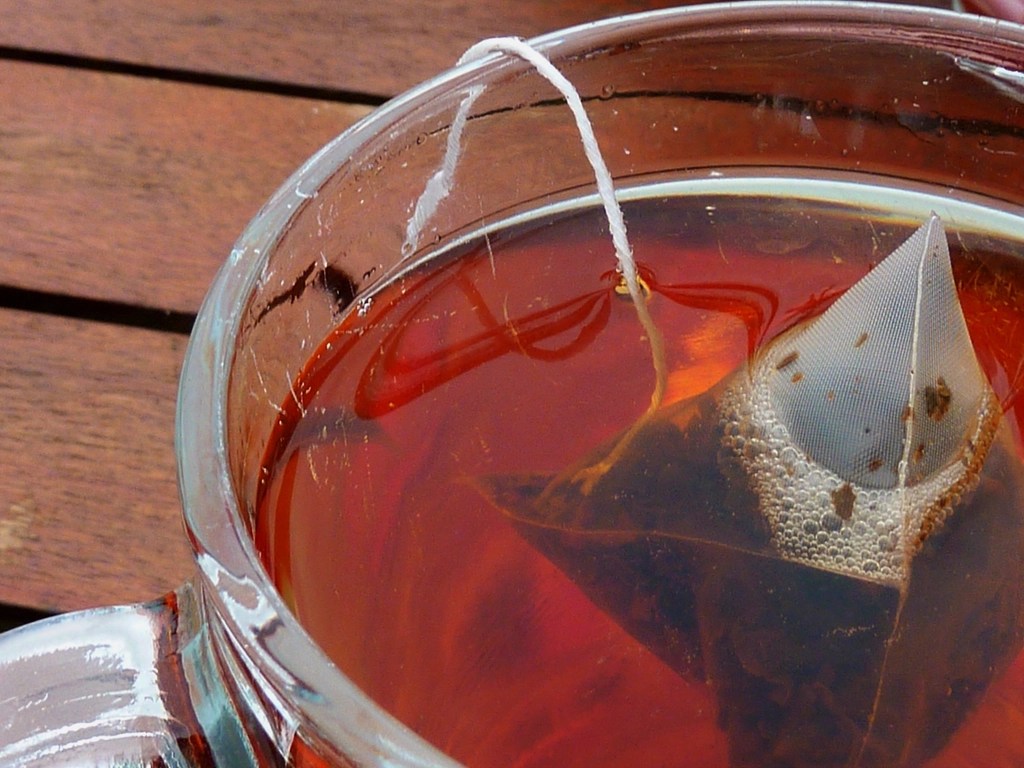
You wouldn’t knowingly sip on plastic, but you might be doing just that. The study found that tea bags made of polypropylene—a common plastic used to seal many brands’ tea bags—release over a billion microplastic particles per milliliter of tea. Even so-called biodegradable paper tea bags, often assumed to be safer, were found to leach hundreds of millions of plastic particles.
Boiling Water Breaks Down Tea Bag Materials

Think about what happens when you steep a tea bag: it’s exposed to high temperatures, constant water movement, and mechanical stirring. Researchers discovered that these conditions accelerate the breakdown of plastic-based tea bags, sending microscopic particles directly into your drink.
Your Body Absorbs These Microplastics
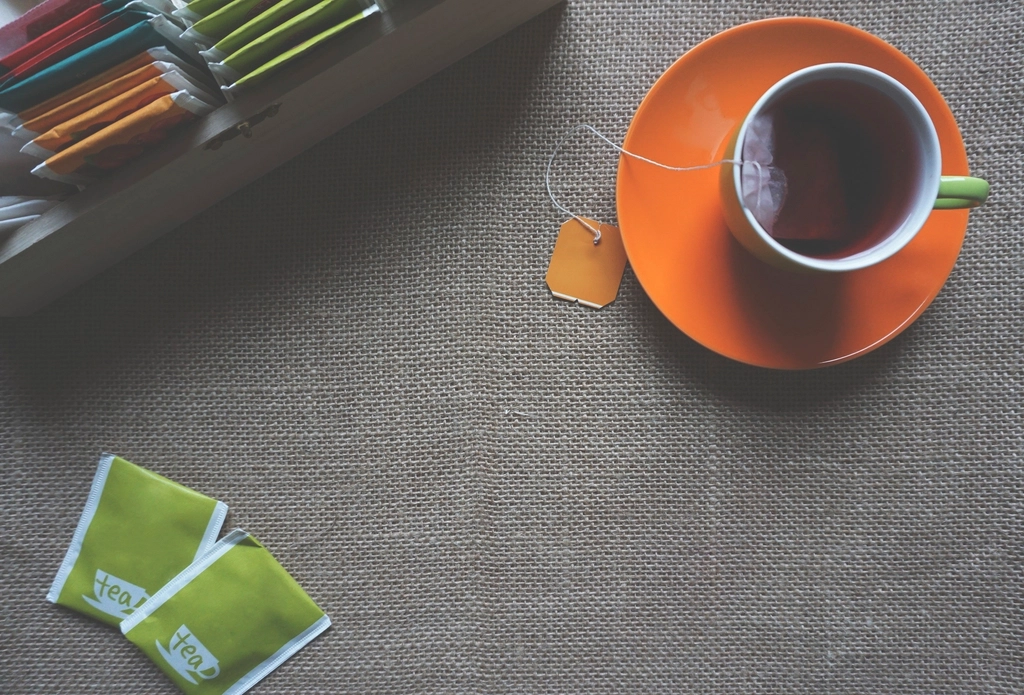
The study took things a step further, exposing human intestinal cells to the extracted microplastics. The result? The plastic particles didn’t just sit there—they were absorbed into the cells and even reached the nucleus, where DNA is stored. This raises significant concerns about what long-term exposure to microplastics could mean for human health.
Microplastics May Travel Beyond the Digestive System
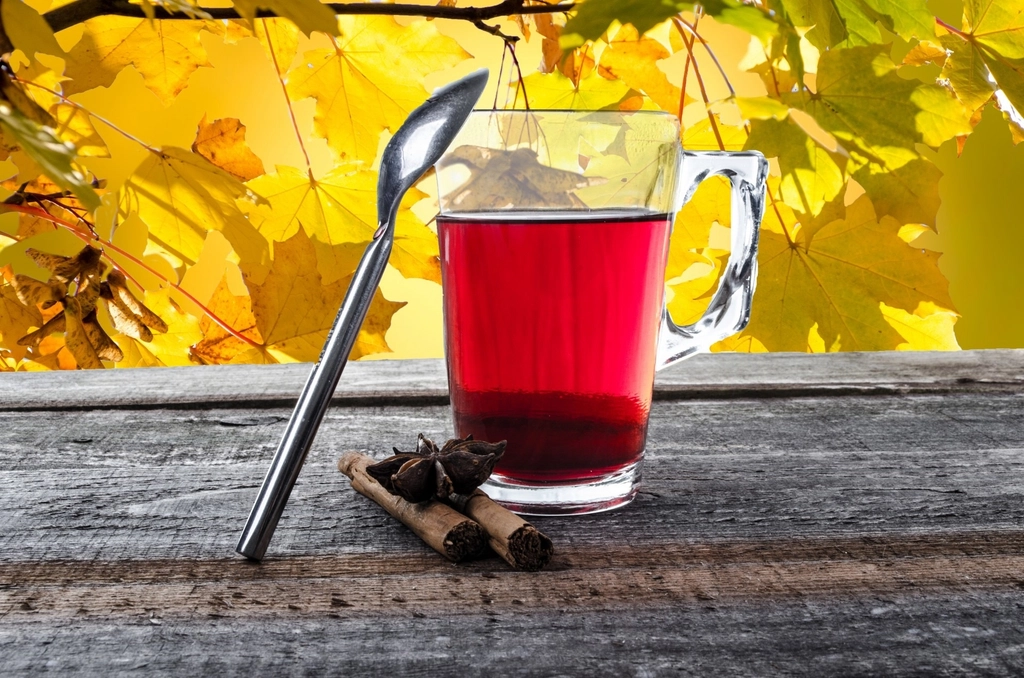
Once inside the body, where do these microplastics go? Scientists suspect they don’t just remain in the gut. Some evidence suggests they can enter the bloodstream, potentially reaching other organs and tissues. While more research is needed, the idea that plastic particles could circulate through the body is deeply troubling.
Not Even “Biodegradable” Tea Bags Are Safe
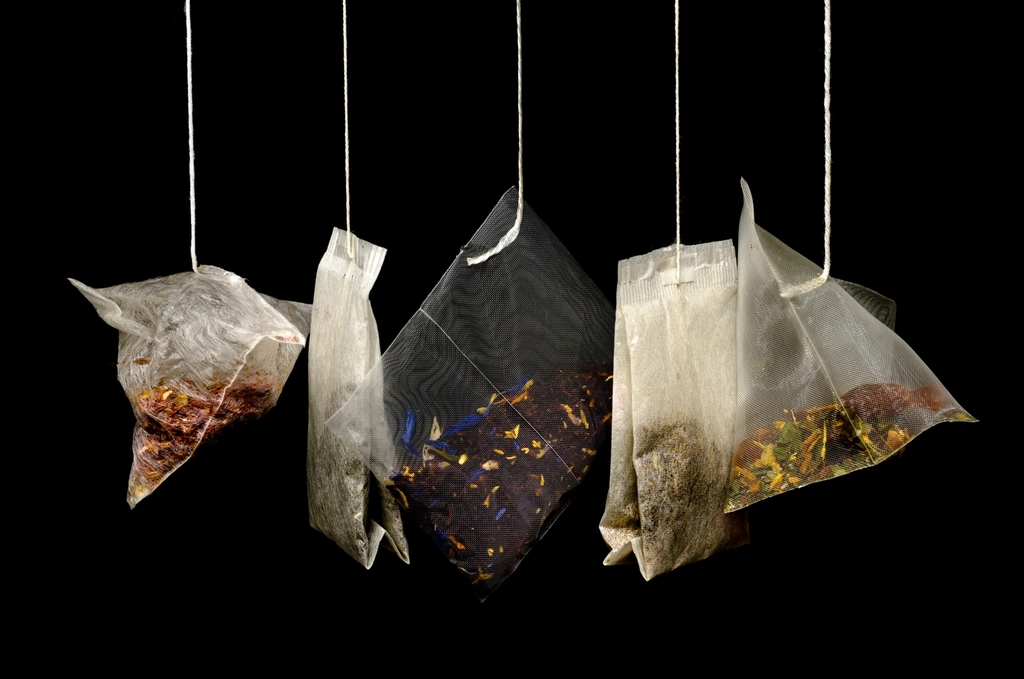
Many consumers assume that biodegradable tea bags are a healthier and more eco-friendly option. But the study challenges that belief, revealing that biodegradable plastics, like polylactic acid (PLA), actually release even more nanoplastics as they break down. In short, “biodegradable” doesn’t necessarily mean “plastic-free.”
Scientists Are Still Trying to Understand the Health Risks

While we know that plastics contain chemicals that can disrupt hormones and contribute to health problems like cancer, scientists still don’t fully understand the long-term effects of ingesting microplastics. But given their ability to penetrate human cells, many experts believe it’s only a matter of time before stronger evidence emerges linking them to specific health issues.
Loose-Leaf Tea Is the Best Way to Avoid Microplastics

If you’re concerned about plastic in your tea, ditch the tea bags altogether. Loose-leaf tea, brewed with a stainless steel infuser or a reusable filter, is the safest option. Not only does it eliminate microplastic exposure, but it also allows for a fresher and richer tea experience.
Tea Bags Made From Natural Fibers Are a Better Alternative

Some brands now offer plastic-free tea bags made from natural materials like wood pulp or cornstarch. While they might not be entirely free of processing chemicals, they’re a significant improvement over plastic-based bags.
Everyday Plastics Also Contribute to Microplastic Exposure

Tea isn’t the only source of microplastics in our daily lives. Plastic water bottles, food containers, and plastic-wrapped produce all contribute to microplastic intake. Switching to glass or stainless steel storage and reducing reliance on single-use plastics can help lower overall exposure.
A Global Conversation on Plastic Is Needed
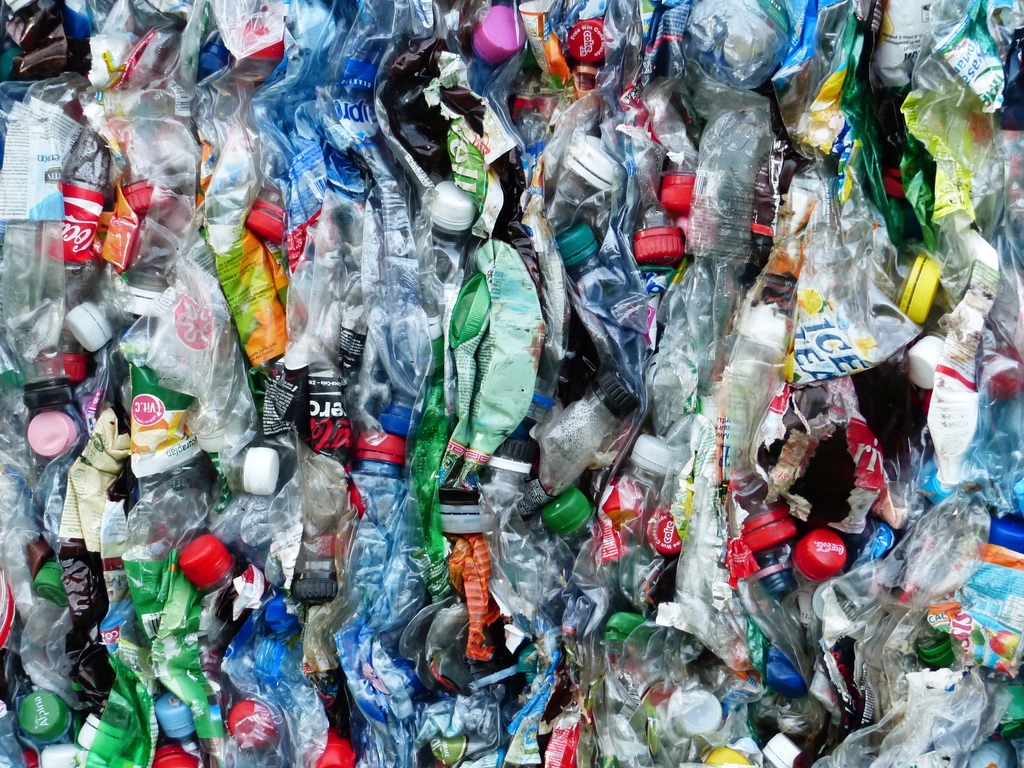
Plastic has revolutionized industries, from food preservation to medical advancements. But the sheer volume of single-use plastics in our environment—and now in our bodies—demands urgent attention. Experts emphasize the need for stronger regulations on plastic use, as well as further research into its long-term health effects.
Conclusion: Switch to Loose Tea to Minimize The Risk
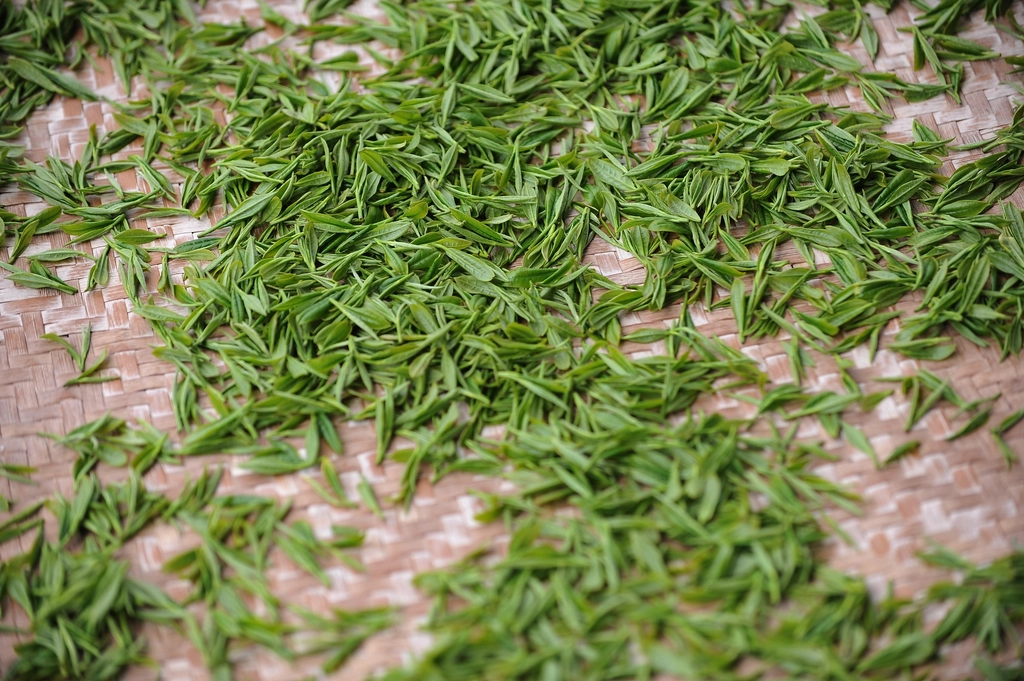
Your tea bag may seem harmless, but new research shows that it could be a hidden source of microplastic pollution. Although scientists have yet to fully understand the consequences of ingesting microplastics, one thing is certain: If you want to reduce your exposure, loose-leaf tea is the best choice.
The article is based on information from Health.
